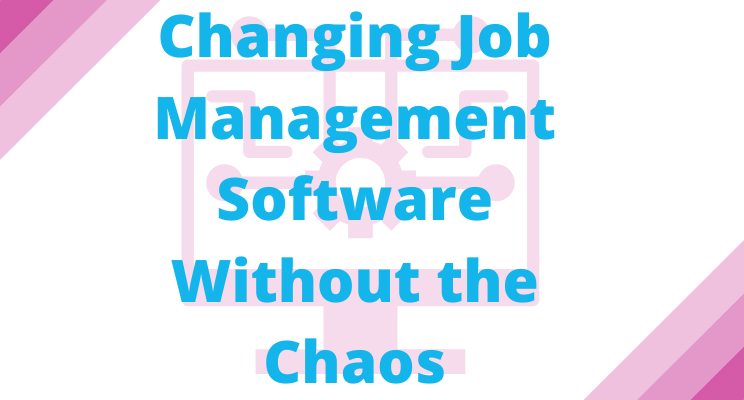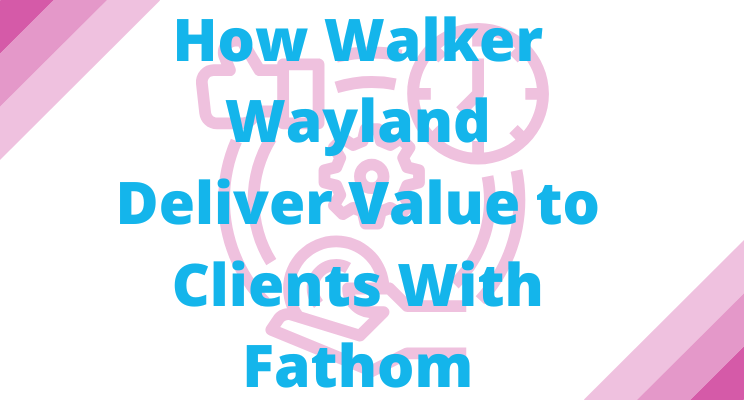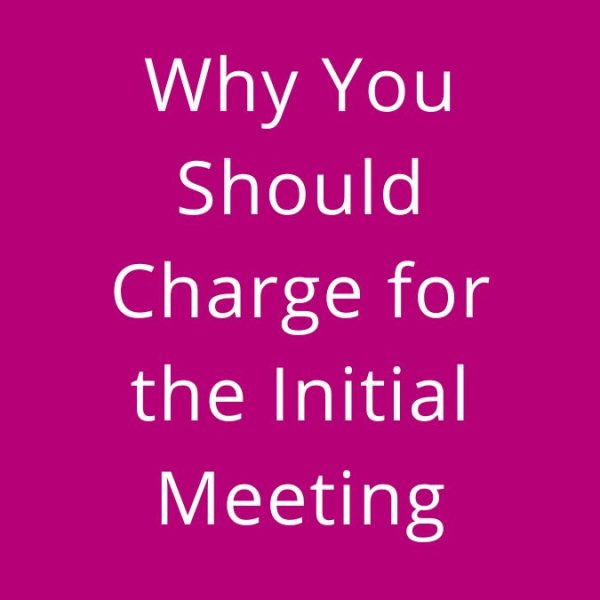In XERO there is a single Goods and Services Tax (GST) account, which many XERO users would be watching on their dashboard under the heading Account Watchlist. This GST general ledger account reflects what GST is currently accrued in the XERO accounts, but it can be a little deceptive, let me explain. Presently in XERO when you raise an accounts receivable, you can only raise it as an invoice; you cannot raise it as a quote or order. This means that, say for example an invoice was raised for $12000 in July, the GST of $1200 immediately hits the GST general ledger account on the date the invoice was raised. However if the Business Activity Statement (BAS) is reported on a CASH basis, no GST will be reported on the BAS until payment has been made against the invoice.
At this stage
GST general ledger account balance is $1200 GST reported on CASH BAS is zero (refer to GST Audit Report for detail)Once a payment has been made against the invoice the corresponding GST collected amount will appear on the CASH BAS. So if in July, $1100 was paid against the original invoice, as a part payment, $100 GST would accrue on the BAS.
At this stage
GST general ledger account balance is $1200 GST reported on CASH BAS is $100 (refer to GST Audit Report for detail)So as you can see the GST general ledger account balance is considerably higher than the actual GST obligation to the Australian Taxation Office.
If you are a business, who reports GST on a CASH basis, and regularly raises invoices, which are not paid within the BAS period, be that a month or a quarter, this scenario explains why GST general ledger account balance is higher than GST you end up paying.
To compound this situation, if you raise invoices for income, but record expenses as they happen, the GST Paid will appear on the GST general ledger account balance and the GST Audit Report at the same time.
So if with the $1100 of income you received you paid a bill of $1100 in July; you simply paid the bill through spend money, without raising an Accounts Payable invoice, the $100 GST Paid would be recognised immediately in both the GST general ledger account balance and the GST Audit Report. As there was $100 GST Collected and $100 GST Paid recognised the GST owing is now zero.
At this stage
GST general ledger account balance is $1100 GST reported on CASH BAS is zero (refer to GST Audit Report for detail)The General Ledger account balance is $1100 and this money will not be reported on the CASH BAS until the income for the invoice has been received.
If your business typically raises invoices that are paid outside a BAS period, and you record expenses as they happen, the GST general ledger account balance is likely to be an overinflated estimate of your GST obligation. As a business owner if you want to track your GST obligation, you should look at the Business Activity Statement generated within XERO. This assumes that all data has been entered correctly and on a timely basis. The XERO business model encourages the business owner to consult with an advisor for this information. If you cannot access your BAS information, it may be because you have not been given access to this area, and you will need to discuss this with your advisor. Personally I prefer to empower the business owner with knowledge and encourage them to access this area.
While we are talking about the XERO watchlist, I recommend including the PAYG Withholding Payable figure on your watchlist as it is a pretty accurate representation of your PAYG liability. Typically it will be a little less as when you go to pay it, as you will have accrued further liability for the following BAS period.
Let me know if you found this explanation helpful.






